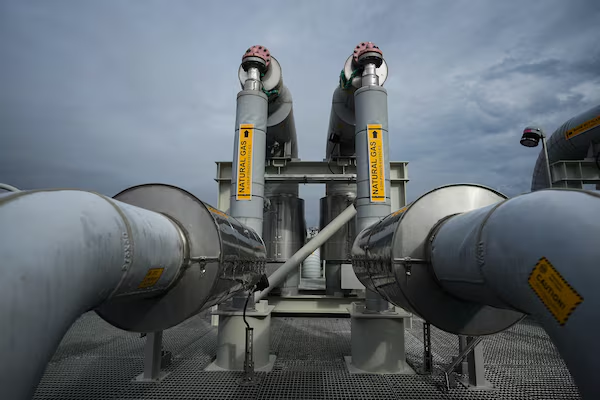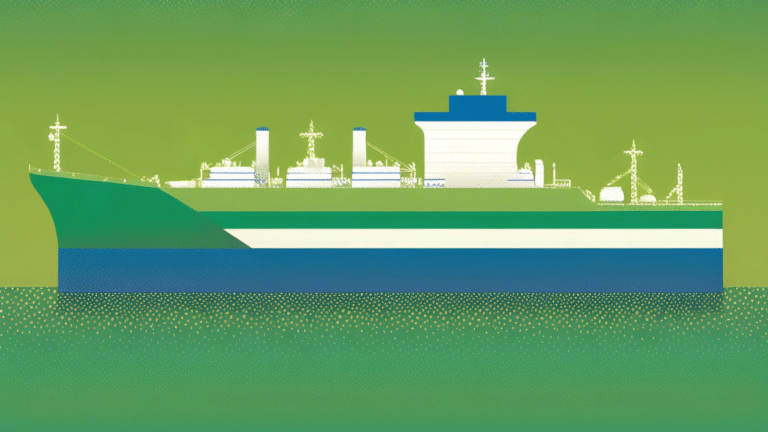Read the Op-Ed
The Trump administration’s move to roll back rules restricting methane emissions from oil and gas has sparked an outcry not just from environmentalists but also from the industry. Several large oil companies have been quick to pledge their continued commitment to cutting emissions regardless.
It would be tempting, for anyone worried about global warming, to take comfort in their resolve and bemoan the Government’s apparent strike against climate. Tempting, but misleading.
First, the old Environmental Protection Agency rule was no longer fit for purpose, if it ever was. New methane detection data derived by the analytics firm Kayrros from satellite imaging show the rule has not kept the United States from becoming the biggest methane emitter of all oil and gas producers. The EPA regulations were well-intended but cumbersome, and especially poor at leveraging new technologies that can cheaply detect large and easy-to-fix emissions. It was time for a fix.
Rolling back these rules could be a good first step, but only if it paved the way for more practical and effective rules. Private efforts by individual companies, however praiseworthy, will not do the trick. Even large companies cannot fix the problem on their own. No cut from Big Oil can be big enough to offset emissions from smaller players. As long as smaller players continue to spew methane into the air, others will be under a cloud.
Until recently, these emissions could not be comprehensively tracked, let alone benchmarked against those of other producers. That is no longer the case. Powerful algorithms now leverage data from satellites to patrol the globe, hunt for methane hotpots and uncover the offenders.
Many more large methane plumes are being revealed than ever suspected. Most come from oil and gas facilities. A great many come from the Permian Basin in West Texas.
Based on Kayrros’ analysis of 2019 data from the European Union’s Sentinel-5P satellite, which captures both large leaks and clusters of small ones, methane emissions from the Permian have the same global warming impact over 20 years as 100 large coal-fired plants at full blast. U.S. methane emissions are so high as to erode the carbon advantage of natural gas over coal.
Global disadvantage
Large volumes of methane released into the atmosphere could put all U.S. producers at a disadvantage in global markets. The EU is fine-tuning plans to tax oil and gas imports based on their methane footprints. Japanese utilities increasingly aim at net-zero emissions.
Producers whose operating practices and regulatory regimes yield the lowest emission rates will come out on top. Saudi Arabia is a case in point. Based on satellite measurements, its methane footprint, per unit of energy produced, is two orders of magnitude smaller than Algeria’s. At the other end of the spectrum, the Permian’s methane intensity is three orders of magnitude larger than Saudi Arabia’s.
Clearly, the old EPA rule had its shortcomings. As Robert Kleinberg of Columbia University and Andrew Pomerantz of Schlumberger noted in public comments, the “leak detection and repair” protocol in place since 2016 was too prescriptive. These rules required high sensitivity inspection of a specified list of components and only accepted two means of detection, both of which could pick up the smallest leaks but tended to miss the largest ones.
In theory, new technology could be accepted via rules for “alternative means of emission limitation,” but these rules were so onerous that no application has been submitted.
Given the opacity around methane emissions, the EPA’s approach made sense at the time. But new methane detection technologies, from location-specific drone and aircraft surveys to Kayrros’ Methane Watcher, have since been deployed that can deliver larger cuts.
It might be a silver lining that the latest EPA rule, which quotes the Kleinberg-Pomerantz submission at length, offers a more pragmatic approach. Procedures for acceptance of novel leak detection technology have been liberalized. On that ground, at least things are moving in the right direction.
Collective responsibility
The climate case for cutting methane leaks is straightforward. Methane emission mitigation from the oil and gas industry is easier and has a larger short-term impact than carbon dioxide mitigation.
The business case is even clearer. Producers will find it increasingly difficult to stay in business while visibly spewing methane into the air. Thanks to new tracking tools, investors can monitor companies, buyers assess the methane intensity of their imports, and operators show proof of their progress in cutting emissions.
The many companies in the U.S. ecosystem share a collective responsibility to cut methane. New policies are needed to shield good performers from the recklessness of others.
The bottom line is the United States needs better methane regulations to compete against other oil and gas producers.





